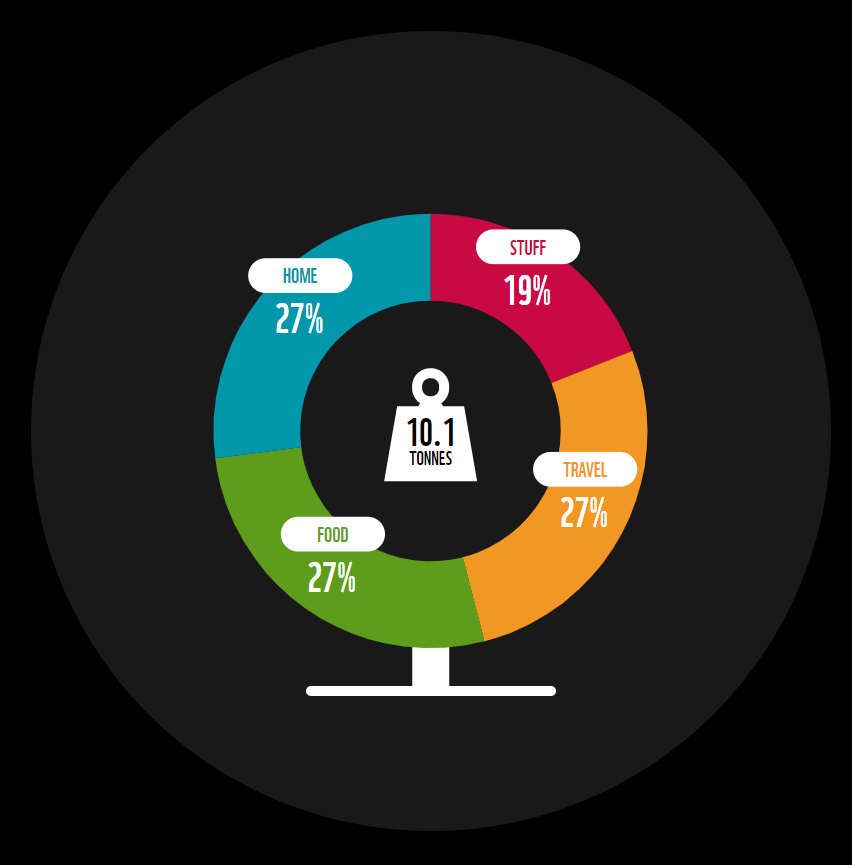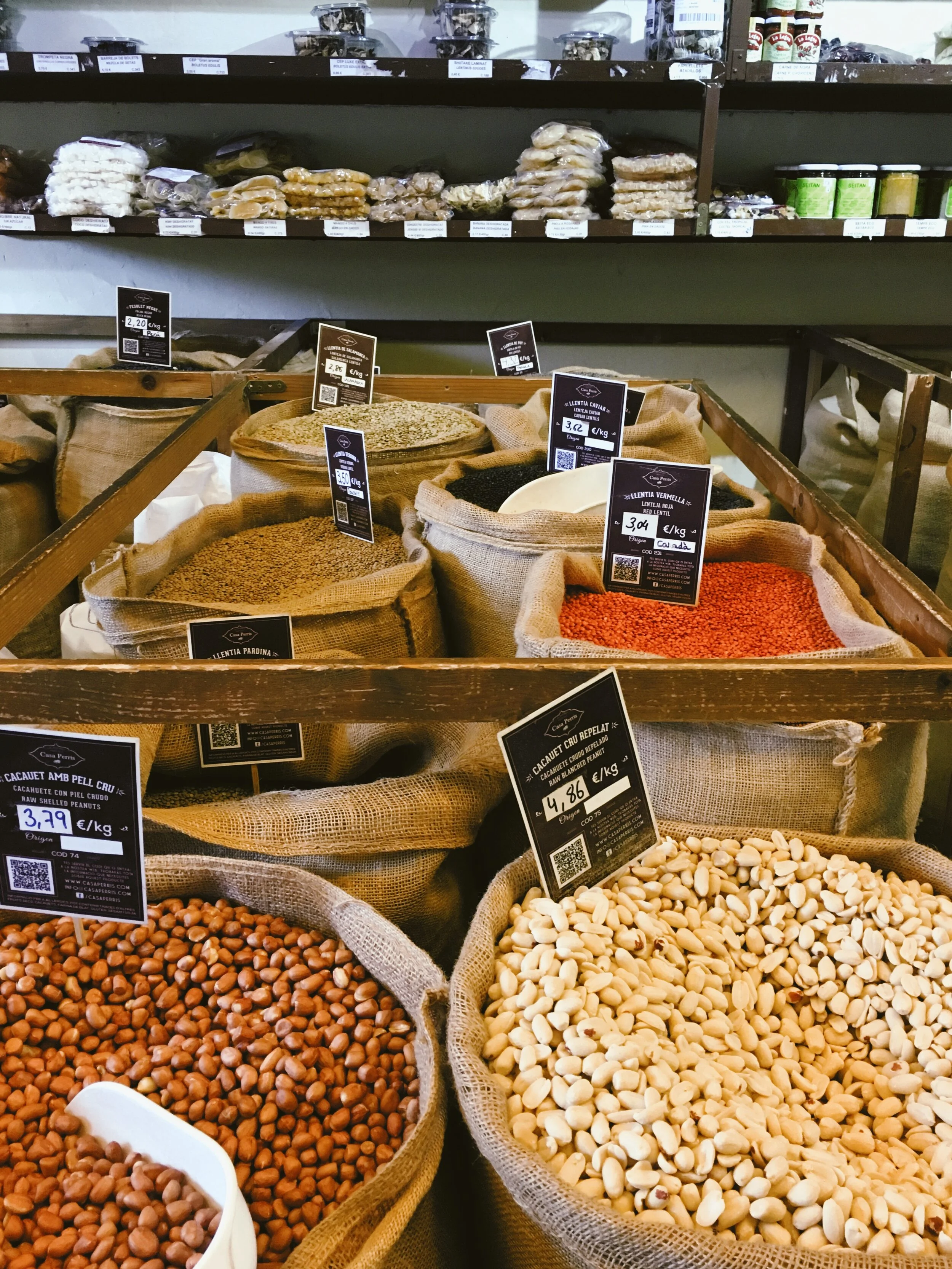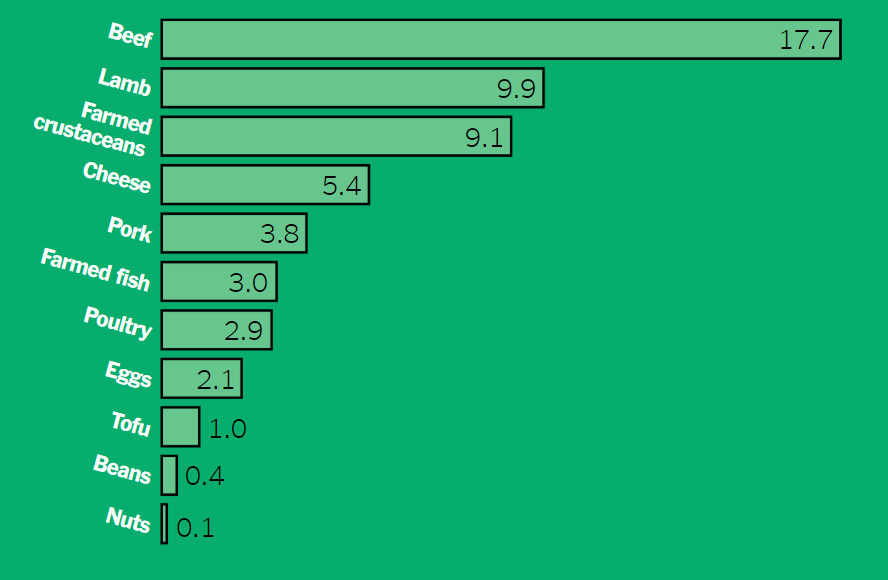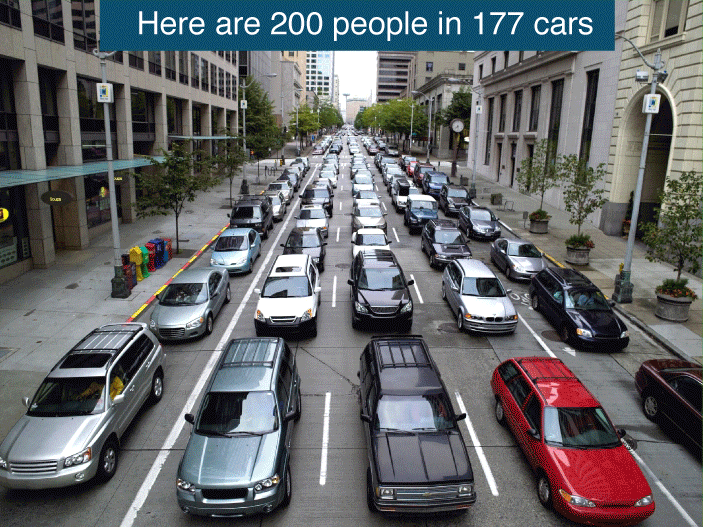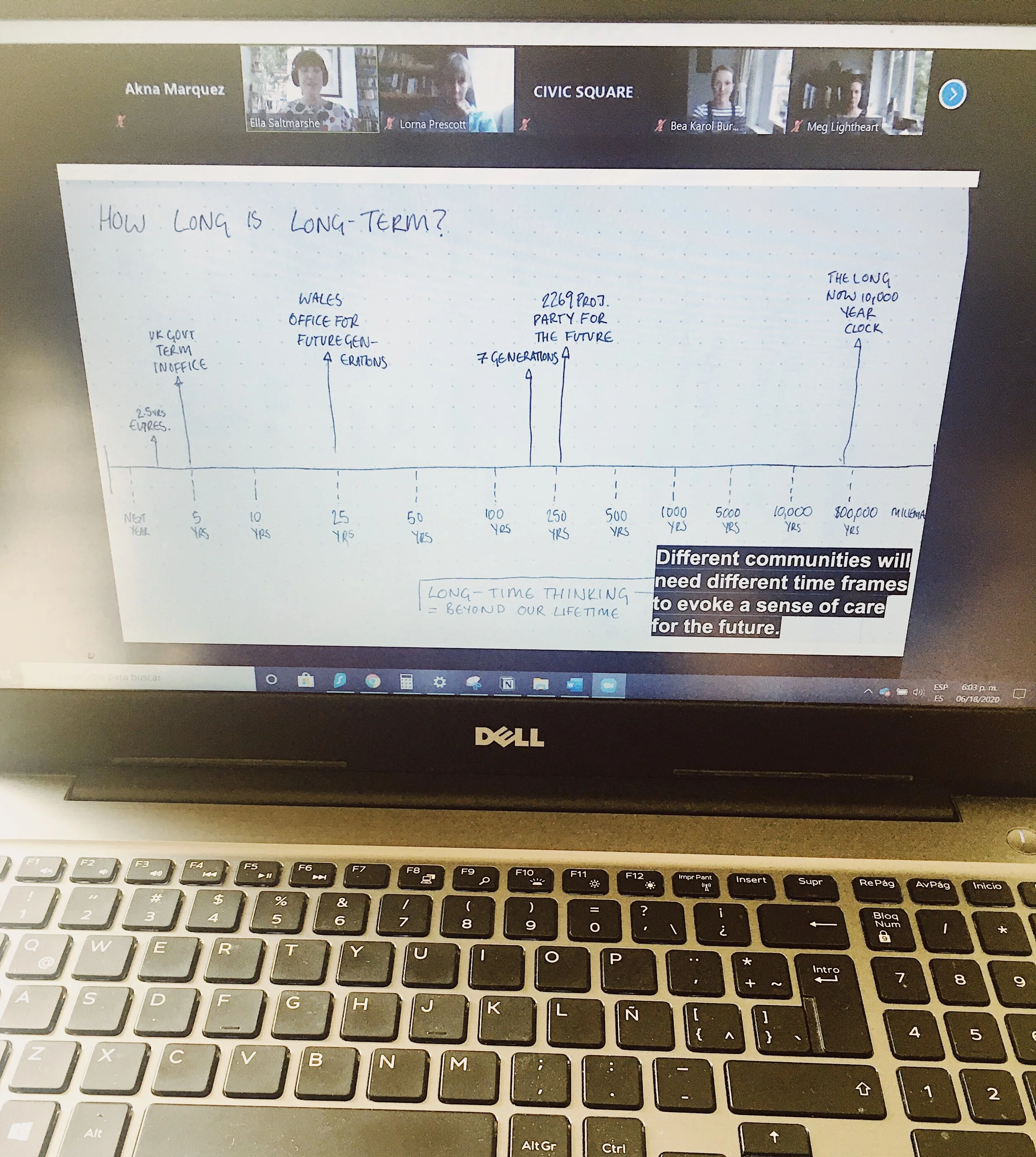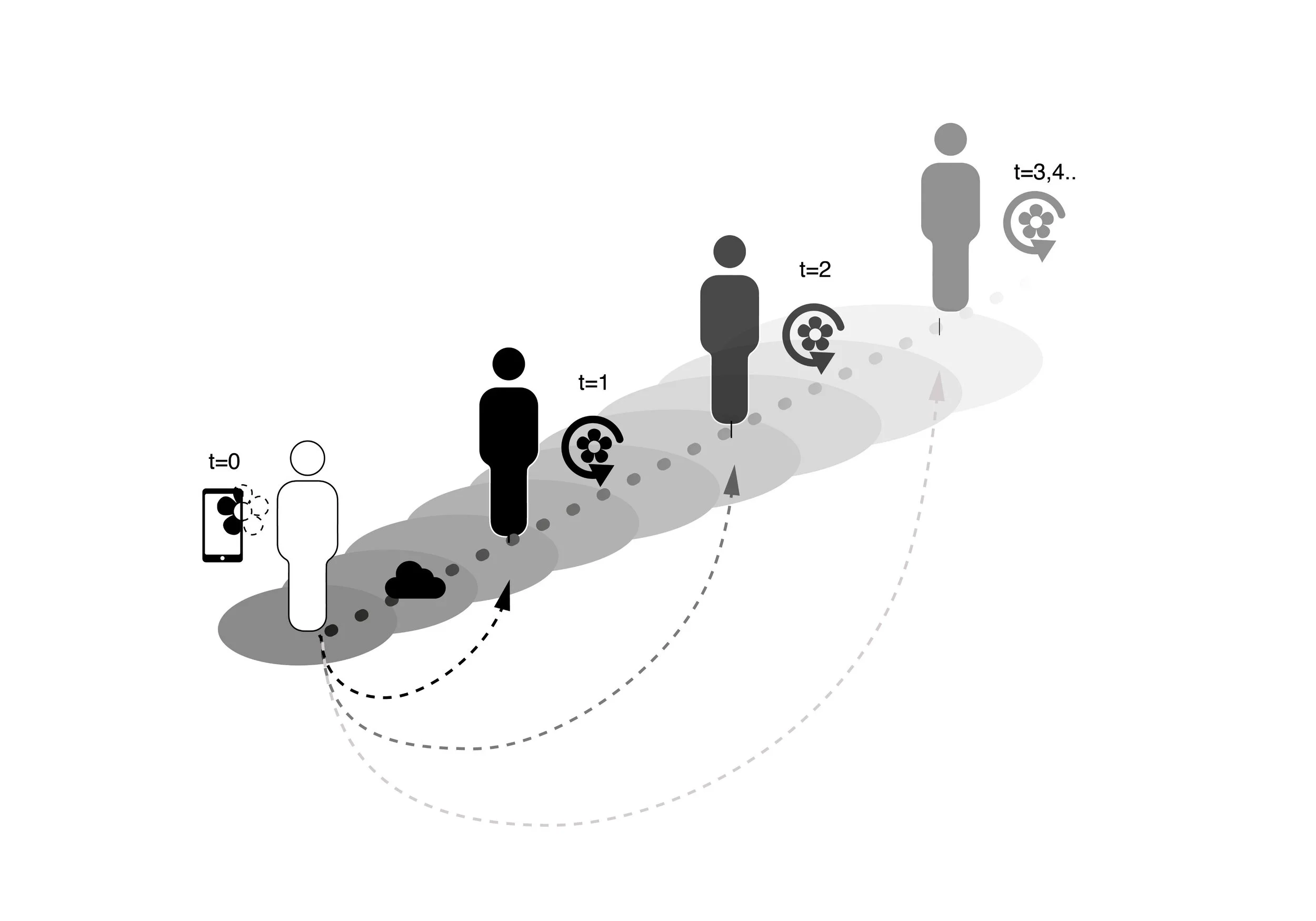There is a lot of confusion when it comes to recycling. It’s enough to just peep into your nearby recycling bins to see it’s all over the place, even though there are some generic guides on which things to put in each bin.
Nobody really teaches you how to do it (at least in the contexts where I’ve lived, as well as talked about it with friends and acquaintances) and still, we all pretend to know because at this point of industrial development and climate emergency we should already know, right?
Or everyone expects us to know, so we dispose of almost everything we classify as waste in the recycling bin we think makes more sense and just wish for the best. It makes us feel good to think all of that garbage is going to a better place. Waste managers often call this wishful or aspirational recycling.
Unfortunately, putting incorrect objects in with the rest of the recycling can do more harm than good (no matter how good the intentions). Too many of these items can contaminate an entire truck of recycling and it can all end up in a landfill.
According to Waste Management, an American trash collecting company, the average recycling contamination rate — or disposal of trash or recyclables in the wrong recycling bin — is 25%, meaning 1 in 4 items thrown in a recycling bin isn’t recyclable.
Even recyclable materials, such as plastic and other paper products, can act as contaminants.
Considering the lack of education and clarity about how and what to recycle, I put together this basic, sort of Recycling 101 article to offer some practical guidance, as well as a brief consideration of current challenges and a perspective of how recycling fits in a more sustainable model of consumption (which is complex enough to be a separate or even a series of articles in the future).
Workers separating paper and other contaminants at Alpine Waste & Recycling. The Denver Post (2018)
Key things to have in mind when sorting out your waste:
1. Check what is recycled in your system
Every city has a different waste management system, so what may be classified as recyclable by the facilities in Barcelona might not be accepted in New York.
Plastic bags and items made from plastic film (i.e. shrink wrap, bubble wrap, Ziploc bags, trash bags, etc.) are not accepted by many waste facilities. Their machines are not designed for these types of materials so they can clog the machine. Most recycling facilities are set up to handle predominately rigid (hard) materials that are easier to separate using machinery.
You should manually separate elements according to what is accepted in your curbside recycling bins.
For instance, a plastic bottle can be made from Polyethylene terephthalate (PET, PETE), or plastic #1, commonly used for carbonated beverages, water bottles, and food packaging, while the lid is generally made from a different material, like polypropylene (PP), plastic #5, which may not be recyclable in your area. The adhesive label of the bottle is probably not recyclable either.
In Catalonia, you can keep the lids on the plastic bottles but you should take off the labels, while the glass containers should be divided: the glass jars should go in the green (glass) bin and the metal lids should go in the yellow (light packaging) one according to Ajuntament de Barcelona.
Since global efforts for recycling have increased in the past years, you may find detailed information about what to dispose of where according to where you live, like this waste sorting guide developed in Catalonia (which strangely I don’t see promoted to citizens publicly, so you may find something similar in your city if you do a bit of research). I was doing several things wrong before I saw it.
2. The numbered triangle “recycling” symbol on packaging does not mean that it is recyclable
Shocking, I know. One of the biggest points of confusion in recycling might be that triangle with the number in it. That symbol can be found on most plastics, and you would think that means that it’s recyclable.
But it doesn’t. In the plastics industry, that little triangle is known simply as the “resin stamp,” a marking plastics manufacturers use to indicate the type of plastic it is.
Unfortunately, even though it is printed in a chasing-arrows symbol, this stamp does not mean that the plastic item is recyclable in any given program. It only tells you what it is made out of.
Also consider that even if the packaging states its recyclability in some explicit way, it may have been manufactured in another country (with a different recycling system) so you have to learn about your local waste management program to see what they actually classify as recyclable.
Read more: some recycling symbols explained.
Recycling Decoded, ProfessionalBeauty.co
3. Know that some things are not really recyclable (at least at the moment)
Disposable coffee cups: most single-use cups are lined with a fine film of polyethylene, which makes the cups liquid-proof but also difficult and expensive to reprocess (because the materials have to be separated). Most waste management facilities will treat the cups as trash.
“Millions and millions of people every day try to do the right thing by putting their cups in a bin to be recycled. […] These cups are made of high-quality fiber and they could be recycled” — if they didn’t have the plastic lining.” Jim Ace, Stand.earth (2018)
Pizza boxes: the problem is that oil often seeps into the cardboard. The oil cannot be separated from the fiber, making that material less valuable, and less marketable, to buyers. If there’s a side that’s not oily, tear that off and dispose of it in the paper/cardboard bin.
Food-contaminated plastic containers: even though the food doesn’t permeate as it happens with cardboard, if you leave scraps of noodles in a plastic tray it’s recycling contamination. Washing out food scraps from recyclables can be just as important as putting the right thing in the recycling bin.
You don’t have to scrub containers until they are sparkling — that could waste water — but rinse and leave them empty, clean, and dry. What can’t be rescued goes to the general trashcan. If your home recycling bin is smelly it’s an indicator of contamination.
Hazardous waste: containers for paint, automotive fluids, or strong chemicals must be disposed of separately or, for some facilities, cleaned out before they can be recycled. Check with your local recycling waste program manager to learn about the methods necessary to make sure these items can be recycled.
Diapers: okay these may be obvious to a lot of people, but it’s still getting into plastic recycling bins so I’ll leave this here.
Plastic pens, used pencils, plastic toothbrushes, disposable razors: in general, most products that mix many materials (even if they contain some recyclable materials such as different kinds of plastic) that are bound chemically cannot be recycled. Please do not put them in any kind of recycling bin.
In the United States, over a billion toothbrushes — equal to 50 million pounds of waste — are discarded into landfills every year.
4. Should you crush the materials?
Ever feel the need to crush things before you recycle them? Well, it’s often the right instinct, as it conserves space and is more efficient for pick-up by recyclers.
Aluminum cans, however, can be an exception. According to Matt Meenan, the senior director of public affairs at the Aluminum Association, when crushed cans enter the recycling stream, they can become more difficult to sort out and can contaminate other recyclable materials.
A flattened soda can be sorted as “paper,” for instance, thus contaminating the paper recyclables. “Crushed aluminum cans may fall through the spaces of the sorting equipment and either be lost entirely or improperly sorted,” he added.
Whether you crush materials or not depends on your recycling infrastructure. If you’re in a city with multi-stream recycling, you’re probably fine to recycle them in any way you want. If you’re participating in a single-stream recycling program (the kind where you throw all your recyclables in a single bin at the curb) it could be best to leave them uncrushed.
5. What about the rest?
Just because some products don’t go into common domestic recycling bins doesn’t mean they can’t be recycled. Check if there are other pickup points in your location.
For example, mirrors are not just glass and the reflective chemical components they contain are not fit for the traditional glass recycling stream.
The same happens with Pyrex and ceramics. These are types of glass that have been treated with chemicals to withstand high temperatures so they don’t melt at the same temperatures used for traditional glass recycling.
As a guideline, the domestic recycling points for glass and plastic are mostly for plastic and glass containers. If you have a glass window that is broken (if it’s not, it’s better if it can be reused), that is recyclable but goes elsewhere.
Metals such as aluminum and steel can also be recycled but usually have different collection points around the city. For more convenience, I collect them in separate containers and dispose of them when there is a reasonable amount (such as with the steel blades of the safety razor, which should go in a metal container for disposal with other metals, or in a sharps container).
Glass recycling process - Suez recycling and recovery
Knowing what is and what isn’t recyclable can give you some ideas of elements to try to stay away from, which you can substitute with reusable alternatives according to your lifestyle.
For example, paper bags for pastries can have an interior plastic film like disposable coffee cups, be covered in wax or, if untreated, they will easily absorb grease, which in any case would discard them for recycling. Instead, you can use cloth bags to buy fresh bread (which I love to do in local bakeries).
It may seem like a lot of effort at first, but it only requires a little bit of planning. I rarely will buy bread randomly. I will probably know what I’ll be using it for and what I want to eat it with (because I’m always thinking about food but that is another issue).
In any case, these are very lightweight items that you can carry in any bag you take with you, together with containers for things you buy more spontaneously or frequently (like takeaway coffee).
Cloth bag to transport fresh bread.
The crucial thing to understand about recycling is that it is not the solution to the waste problem.
According to the US Environmental Protection Agency (EPA), even though 75 percent of our waste is recyclable, only 30 percent actually makes it into the recycling stream, and recycling requires a tremendous amount of energy. What really makes a difference is to reduce the amount of waste we produce in the first place.
Reducing and reusing has a much better environmental performance than disposing and recycling, and those should always be the firsts options.
Therefore, recycling is not a magic cure-all but a last resort. And if we add the fact that there is a recycling crisis around the globe, we can see why we should focus most of our efforts on generating less waste altogether.
Seeing the general picture of how our recyclables may go to a landfill anyway can, to say the least, generate mixed feelings about recycling.
Recycling is good when it really works, which is what we should contribute to and demand as citizens (keep an eye on local reports, make pressure on government institutions and waste recycling facilities, and hold manufacturers responsible for their products).
Even though the current recycling system lacks efficiency (and in most cases transparency), which by itself can disappoint people enough to not want to separate their waste, it’s still advisable to do it.
Recycling has been an improvement compared to the management of waste in previous decades where almost 100% of the waste was filling and contaminating our lands.
Nowadays, when people speak of “zero-waste” they mean zero trash that is not recyclable, but they still dispose of other elements like food scraps, metal, glass, etc. There is always some percentage of remains that should be transformed, and recycling is still an important part of extending the life of resources and closing the loop.
The waste hierarchy of most preferred to least preferred waste management actions. Zero Waste Network (2020)
The recycling crisis is (as most issues) a systemic problem, caused by a scarce education about how local recycling works and the lack of information of the global management of the waste we generate (maybe it’s been sent to other countries where they may or may not be recycled), which altogether leads to high percentages of contamination and a narrow perspective where we continue shifting the problem (it doesn’t hurt if you don’t see it anymore, right?).
When we do recycle, we might as well be informed to do our part correctly while demanding better systems along the way.









